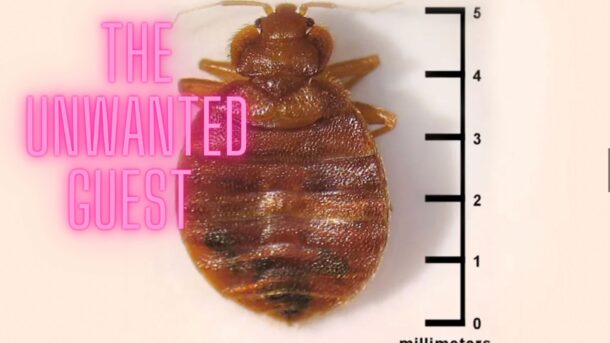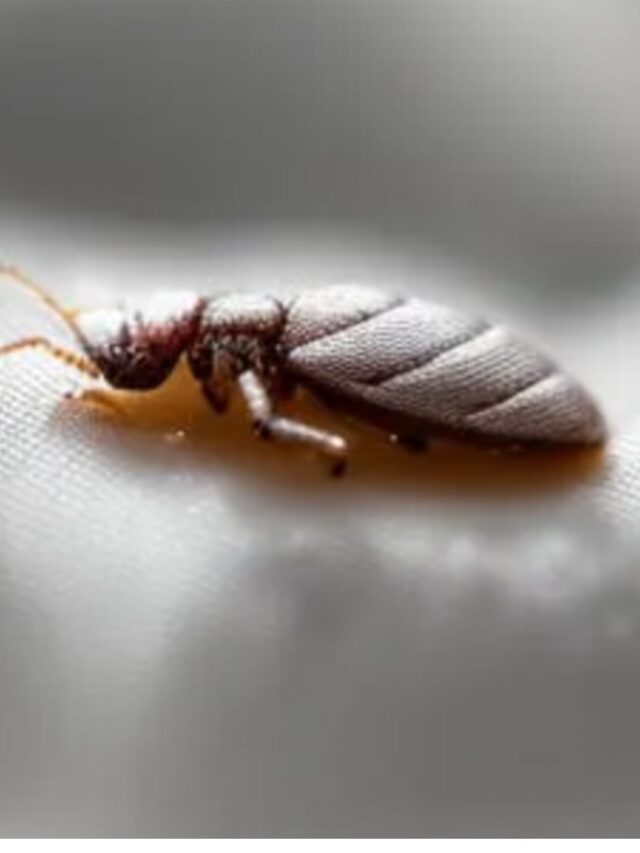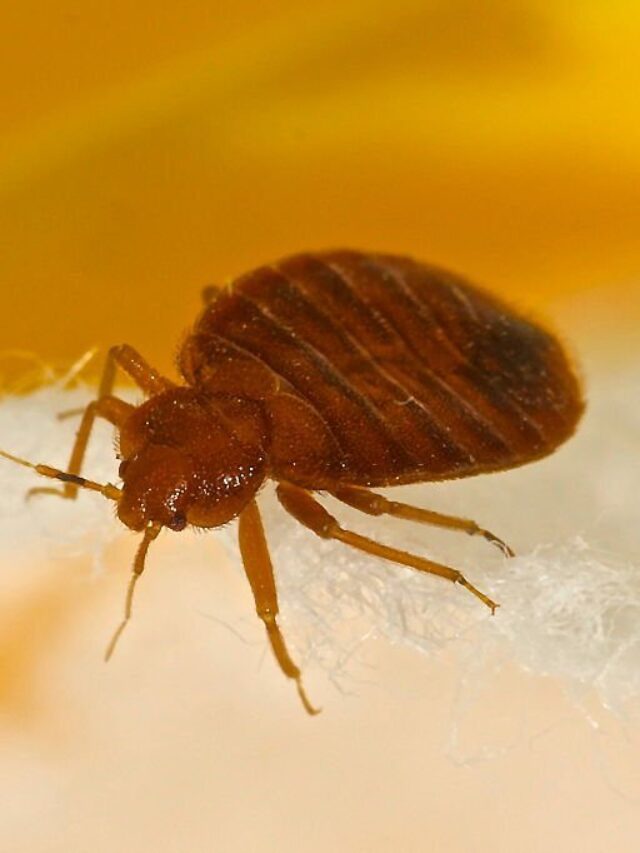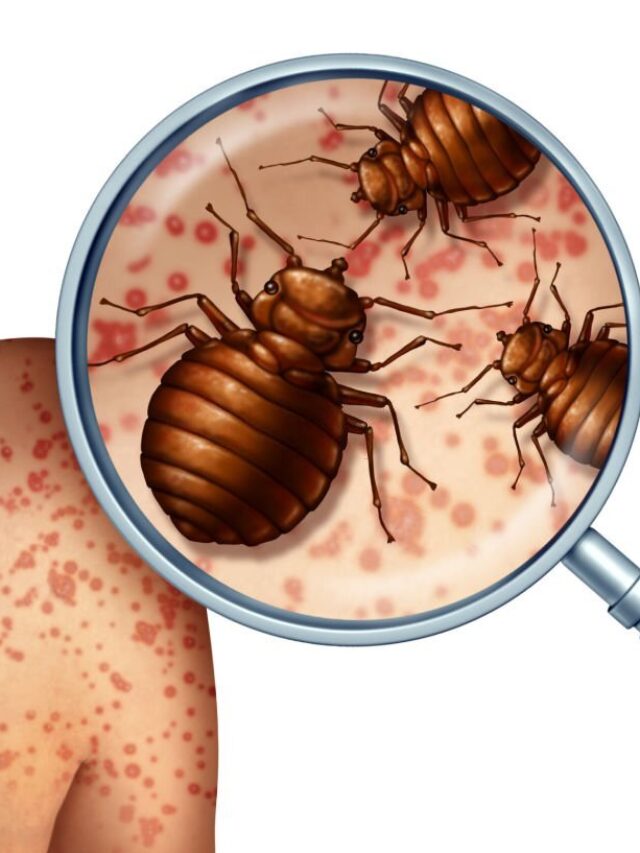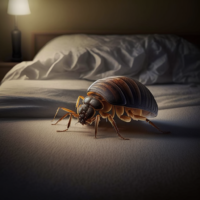Introduction : Bedbugs are dreaded by so many people that even mentioning them gives most people a bad case of the heebie-jeebies.There’s a good reason for that: Having a home or hotel room infested with bedbugs isn’t fun. It can be a huge hassle to get rid of an infestation.
But a bedbug problem isn’t impossible to solve.We’ll go over how they can get into your stuff and your home in the first place, how to recognize when you have a bedbug problem, and what you should do once you’ve diagnosed bedbug issues.
And most importantly, we’ll tell you when you can solve it yourself and when you need to call in the pros.
Causes of Bed Bugs
Bedbugs love people and they tend to gather where lots of people live.
They feed on our blood by piercing through our skin with tiny, saw-like mouthparts. They also numb the area with saliva full of anesthetic and anti-clotting chemicals to reduce pain while sucking the blood out.
Bedbugs are also survivors. They can live for up to a year without any food, and they’re pros at hopping into people’s stuff and hanging on for dear life until they find nice, warm beds, clothes, or furniture to live and breed in.
That’s why we tend to associate them with hotel beds: They’re far more common in places where many people come and go frequently with their belongings in tow. The most common places to house bedbugs include:
- hotels, hostels, and motels
- apartments
- dorms
- shelters
- cruise ships
- public transit, such as buses, trains, taxis, and ride share vehicles
- outdoor campsites
It doesn’t matter if your home, the hotel, or other place you’ve stayed is immaculate or grimy. Bedbugs can make their homes in any space if they’ve tagged along on something you’ve brought indoors from a place where they got into your belongings.
They can even survive pesticides by simply moving away from sprayed or treated areas and finding new places nearby to live.
Where Bed Bugs Live ?
Despite their names, they don’t just chill in bed all day. They can hang out in all sorts of indoor objects, including:
- mattresses and box springs
- sheets and blankets
- areas around your bed frame
- headboards
- areas of clutter that aren’t moved often, such as piles of clothes
- beneath peeling or cracking paint or wallpaper
- underneath carpets on outer edges, such as near baseboards
- seams of upholstered furniture
- beneath plates covering electrical outlets or light switches
- clothes
- suitcases or other luggage items
- cardboard boxes
Bedbugs are quick crawlers, too. They can move up to four feet every minute and go long distances unimpeded across carpets, wood, and tile. This allows them to make their way across entire hotels, apartment complexes, and homes, no matter the size.
Signs Of Bed Bugs
Not sure if you’ve got bedbugs or something else? Here are the clear signs of bedbugs that you’ll want to check:
- Red, itchy spots. These are slightly darker in the middle where the bedbug mouth bit you.
- Clusters of bites or spots. These usually gather in a small area of your skin or appear arranged in a line.
- Small blood spots on your sheets. This shows where skin that was bitten has made contact with your bedding.
- Tiny dark spots of fecal matter. These can show up on mattresses, bedding, carpet, or other upholstered surfaces.
How To Identify Bed Bugs?
Unlike other indoor pests like fleas or mosquitos, bedbugs are relatively large and easy to spot.
Here’s your checklist to identifying a bedbug and telling it apart from other pesky bugs. If you answer yes to all of these questions, you’re likely dealing with bedbugs:
- They’re brown or reddish-brown, not black or dark-colored.
- They’re flat and an overall rounded shape, not spherical or long.
- They crawl but don’t fly or jump like fleas and ticks do.
- They leave light-brown molted skin behind where they live.
- They lay tiny white eggs that look like grains of rice.
- They don’t stay on human or animal skin once they’re done feeding like lice or fleas do.
How to Get Rid Of the Bed Bugs?
Getting rid of bedbugs isn’t too difficult if the infestation isn’t widespread. Here are a few ways to keep bedbugs from breeding and infesting your home if you’ve noticed some indoors.
- Pick up any clutter. If bedbugs are hiding underneath spots in your bedroom or home, they’ll quickly move to a new location where you may be able to get rid of them more easily.
- Vacuum regularly. Focus on areas where they can hide or live, such as cracks near your carpet or flooring and crevices around your mattress, box spring, or bed frame. Dump out your vacuum contents when you’re done to keep them from getting back out again.
- Wash and dry your clothes and bedding on high heat. High temperatures above 122°F are deadly to bedbugs. First, wash your clothes and bedding with detergent and hot water. Then, dry them on the highest possible heat setting on your dryer.
- Freeze clothes or bedding. Bedbugs can also freeze to death, so you can also try putting your clothes or bedding in the freezer for a few days or leaving them outside when the temperature drops below freezing.
- Scrub the seams of mattresses or upholstery with a stiff brush. This can scrape away any eggs or bugs that might be hiding in the crevices of your furniture.
- Fix or seal cracks in your paint or wallpaper. This will give the bedbugs one less place to hide.
When to call Pro
You should consider calling a pro if you’ve tried some or all of the strategies listed, but are still seeing signs of bedbugs.
Professional exterminators may use a combination of chemicals, pesticides, and steam or heat treatments to get rid of infestations that have grown out of control.
It can be challenging to locate all the sources of bedbugs around your home yourself, but a professional may know exactly where to look and how to isolate the infestation.
If you live in an apartment complex or shared living space, you may need to work with your landlord or property owner to properly address the infestation in the entire complex.
Hiring a bedbug elimination pro can vary in cost, from as low as a few hundred dollars up to $2,000 or more. The following factors may affect the price:
- the size of your home or property
- the extent of the infestation
- the size or reputation of the extermination company
- the techniques needed to eliminate the infestation
You likely have several local exterminators in your area, including national chains like Terminix. Call around for estimates and read reviews closely to make sure that a pest control company is trustworthy.
Tips To Avoid These Unwanted Friends
Here’s are some tips for making sure you never bring any unwanted bedbug buddies home:
- Keep your belongings off the floors of hotels, motels, hostels, or shelters.
- Check bedding and furniture in a room where you’re staying for the first time for any signs of bedbugs. Let the property owner know right away if you find anything.
- Buy plastic or hypoallergenic casing for your mattresses, box springs, and furniture to keep bedbugs out.
- Wear clothes to bed that cover a lot of your skin to help keep bedbugs out.
- Use a pesticide-treated bed net, especially when you’re traveling internationally, to keep bedbugs out of where you’re sleeping.
- Check any secondhand bedding or furniture that you get from a friend, relative, or thrift/antique store closely for signs of bedbugs before you bring it indoors.
- Clear your home of clutter where bedbugs can thrive.
Conclusion
Bedbugs are understandably distressing, but there’s plenty you can do to get rid of them.
Try one or more prevention tips each day to minimize your risk of exposure. Even if you have an infestation, a few home treatments or a quick professional job can stop them from bugging you for good.
